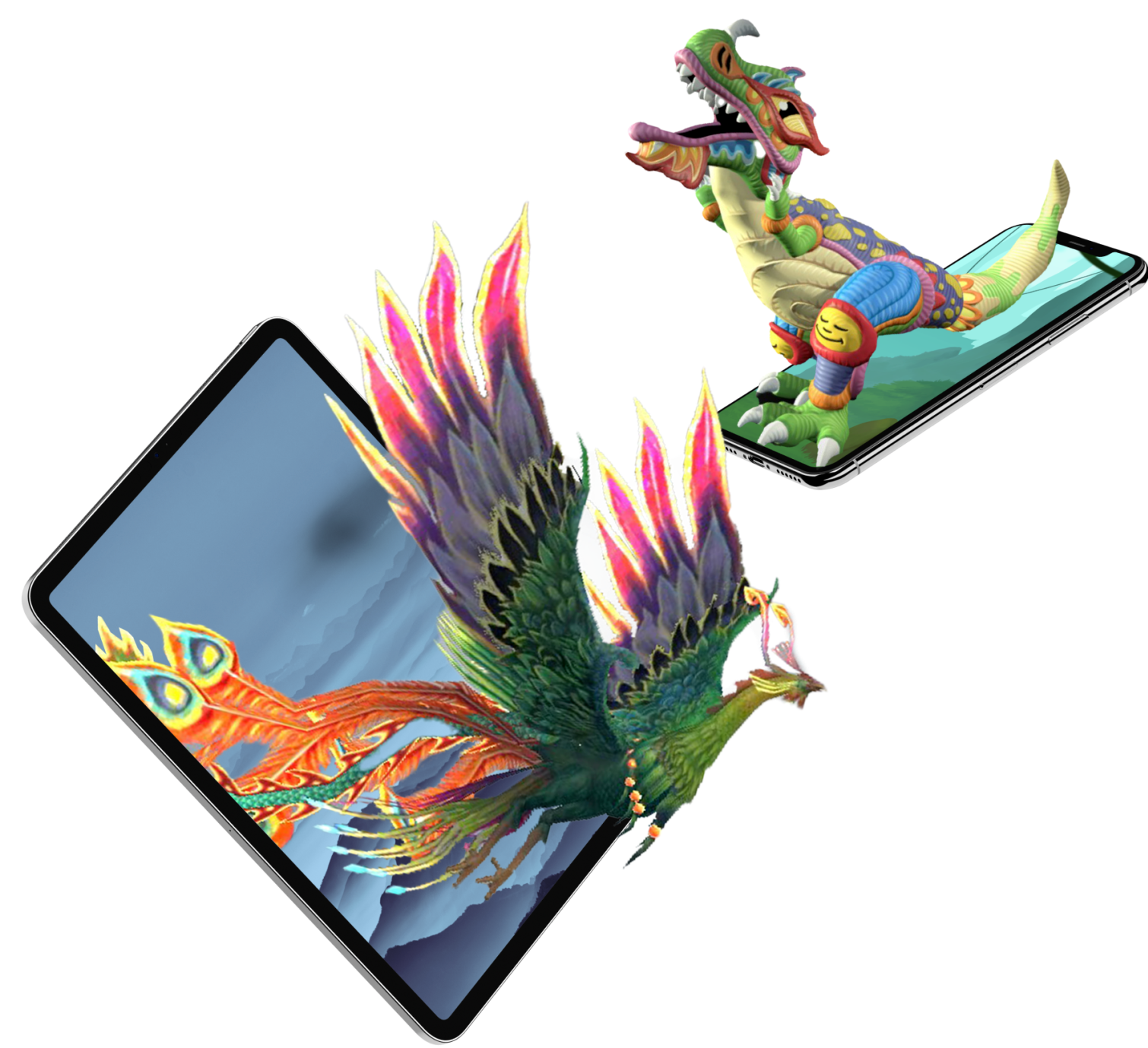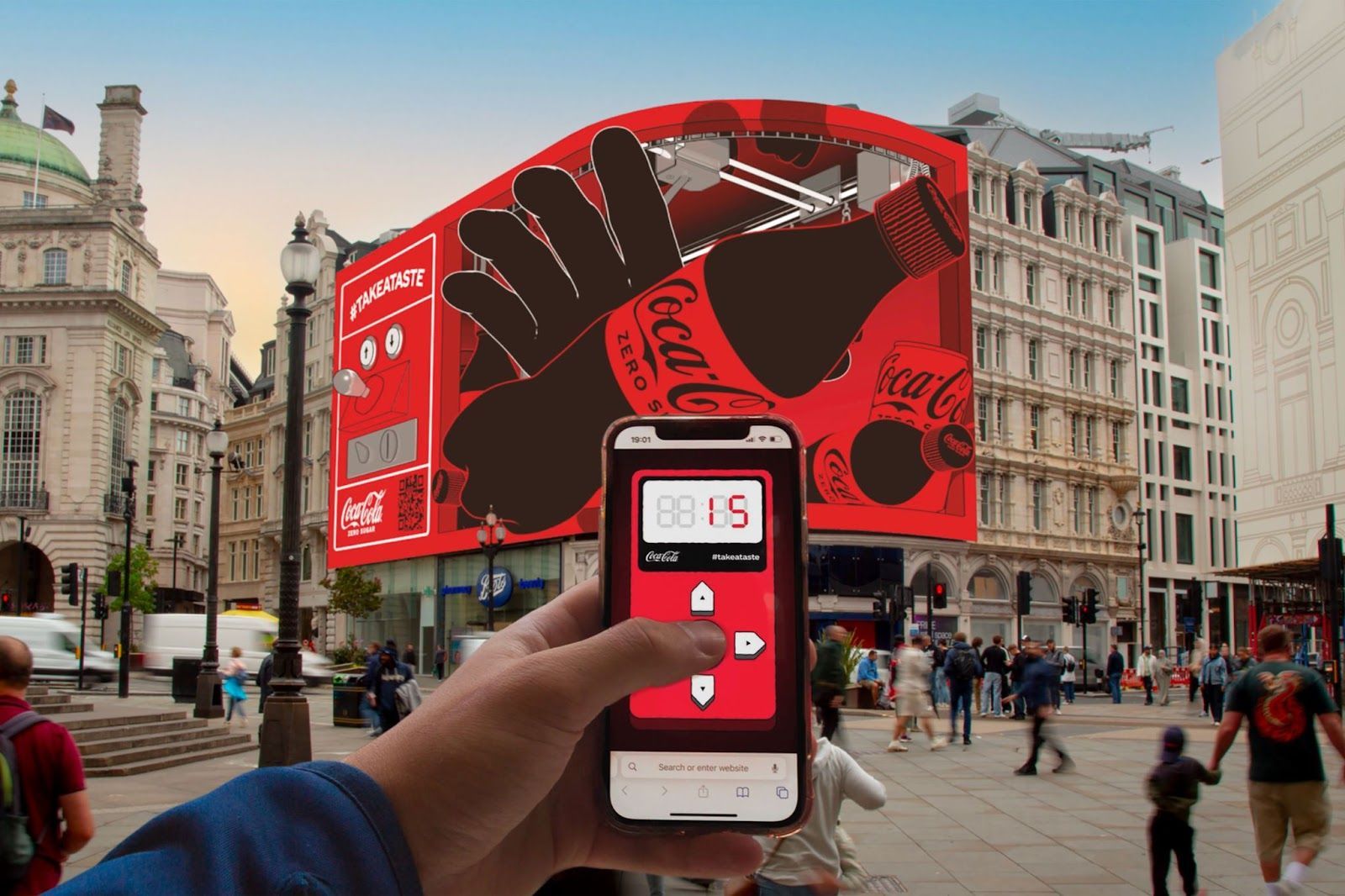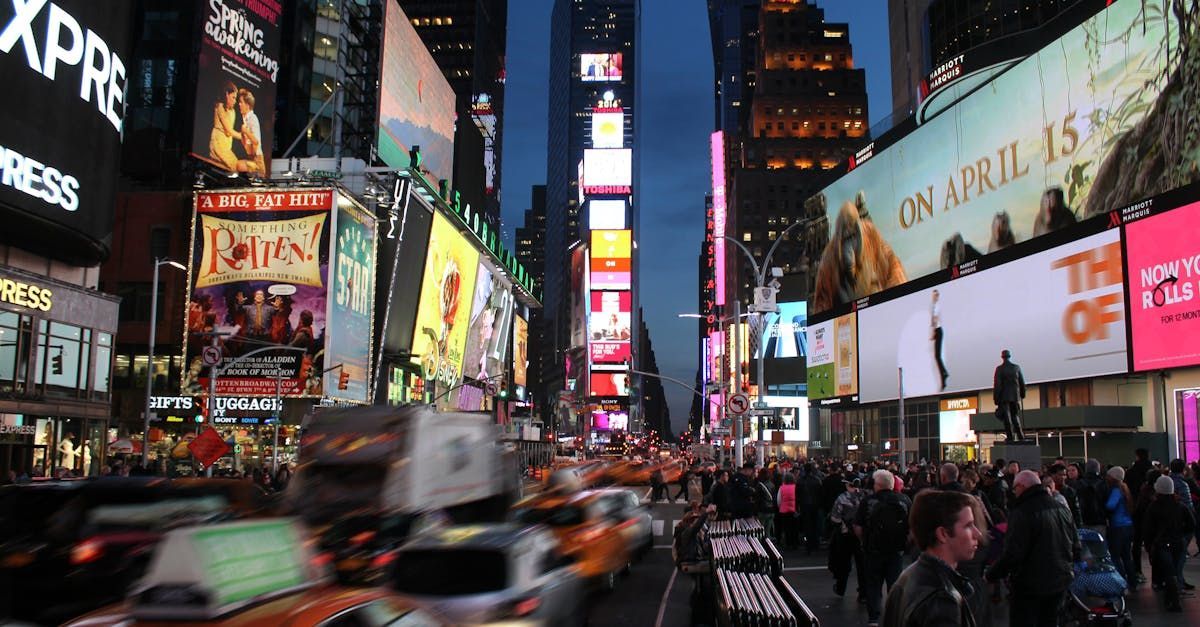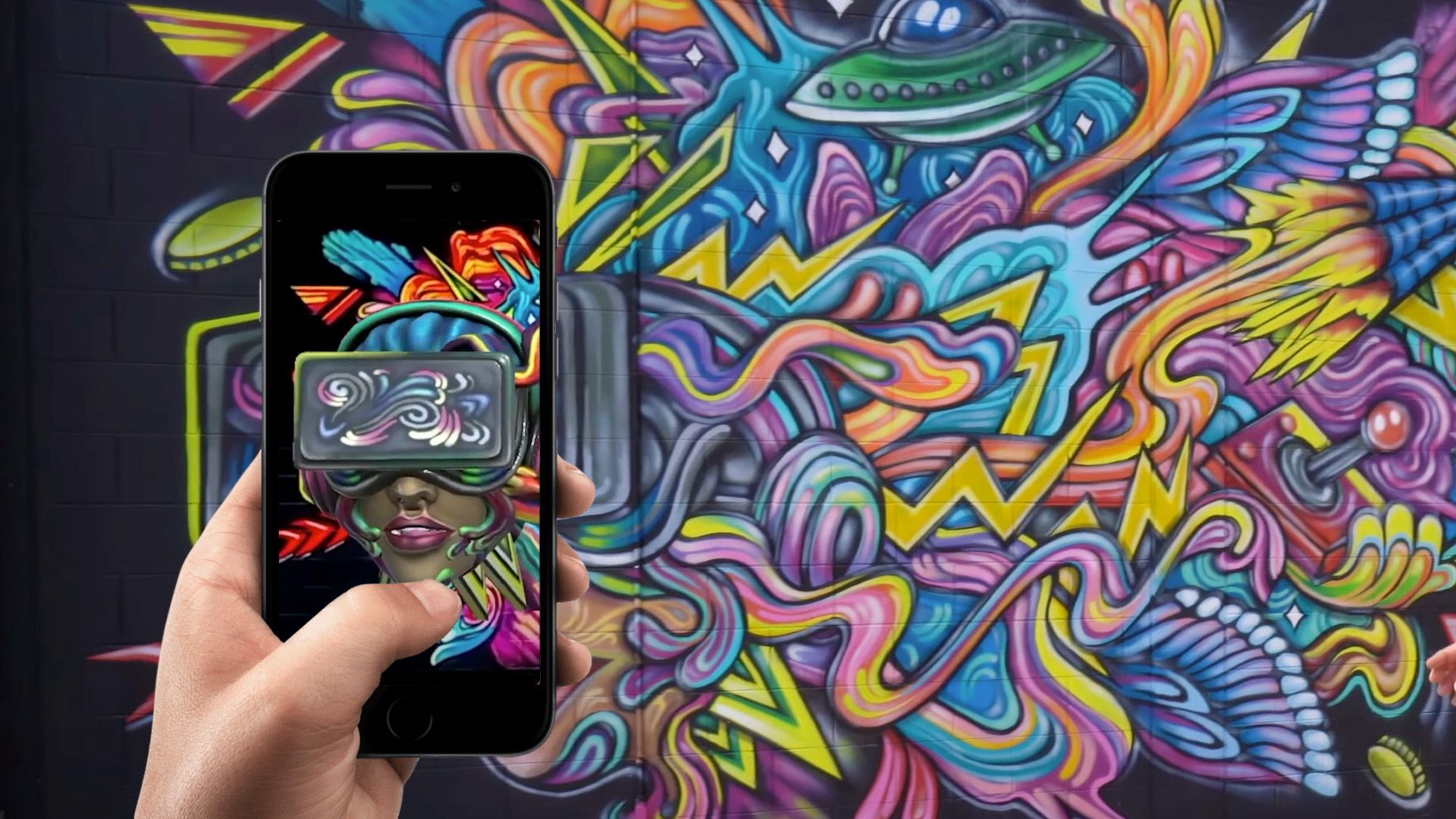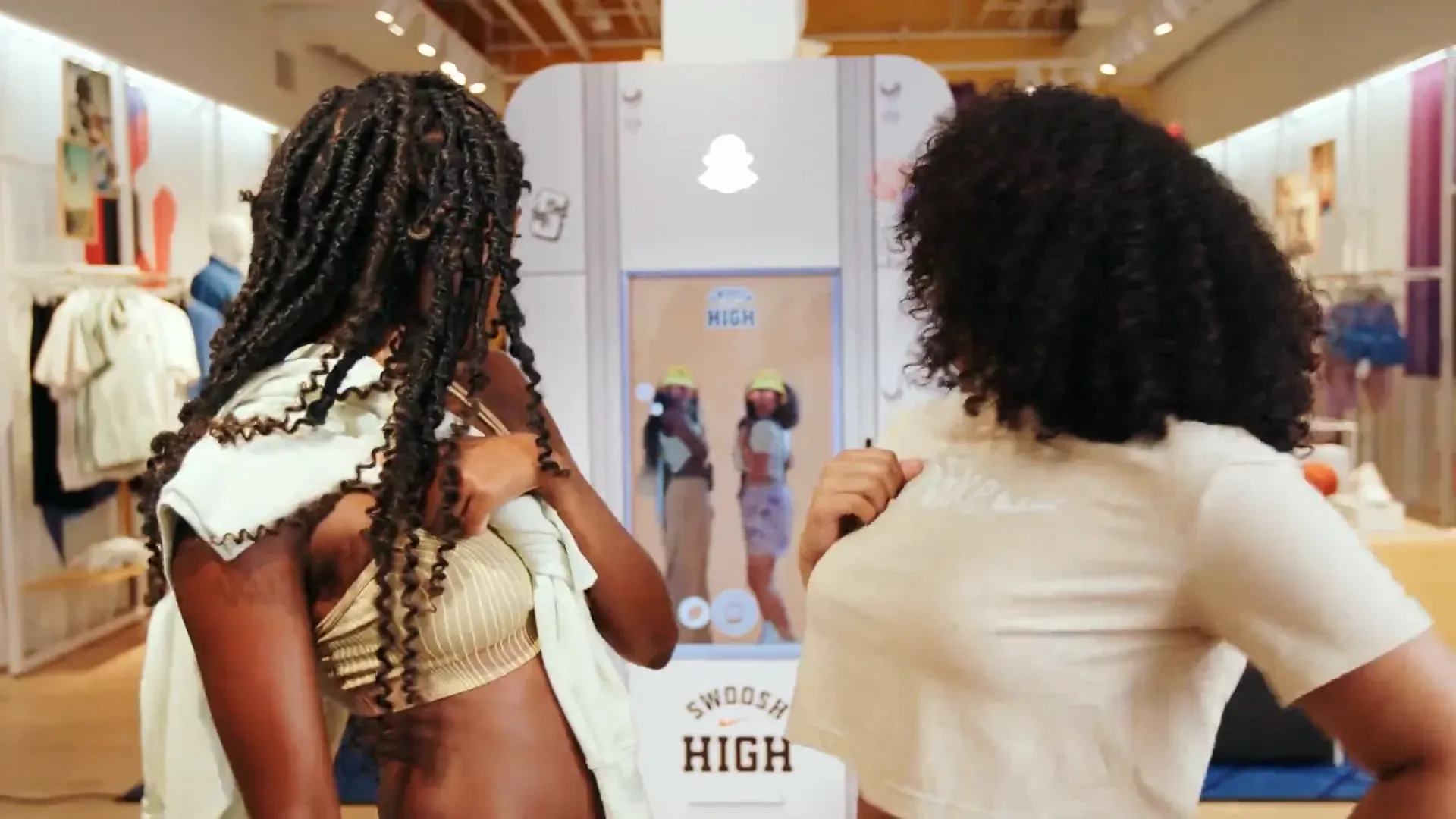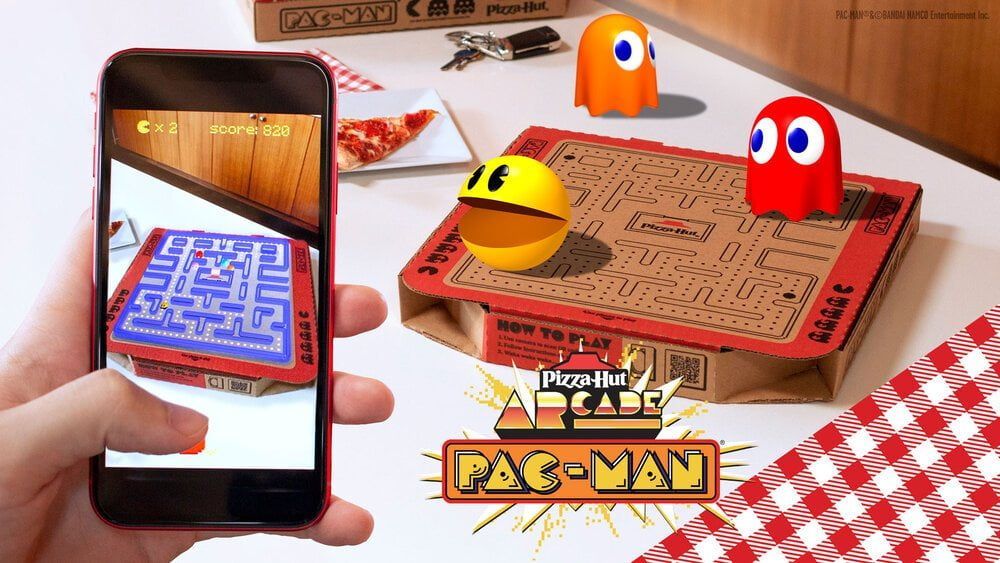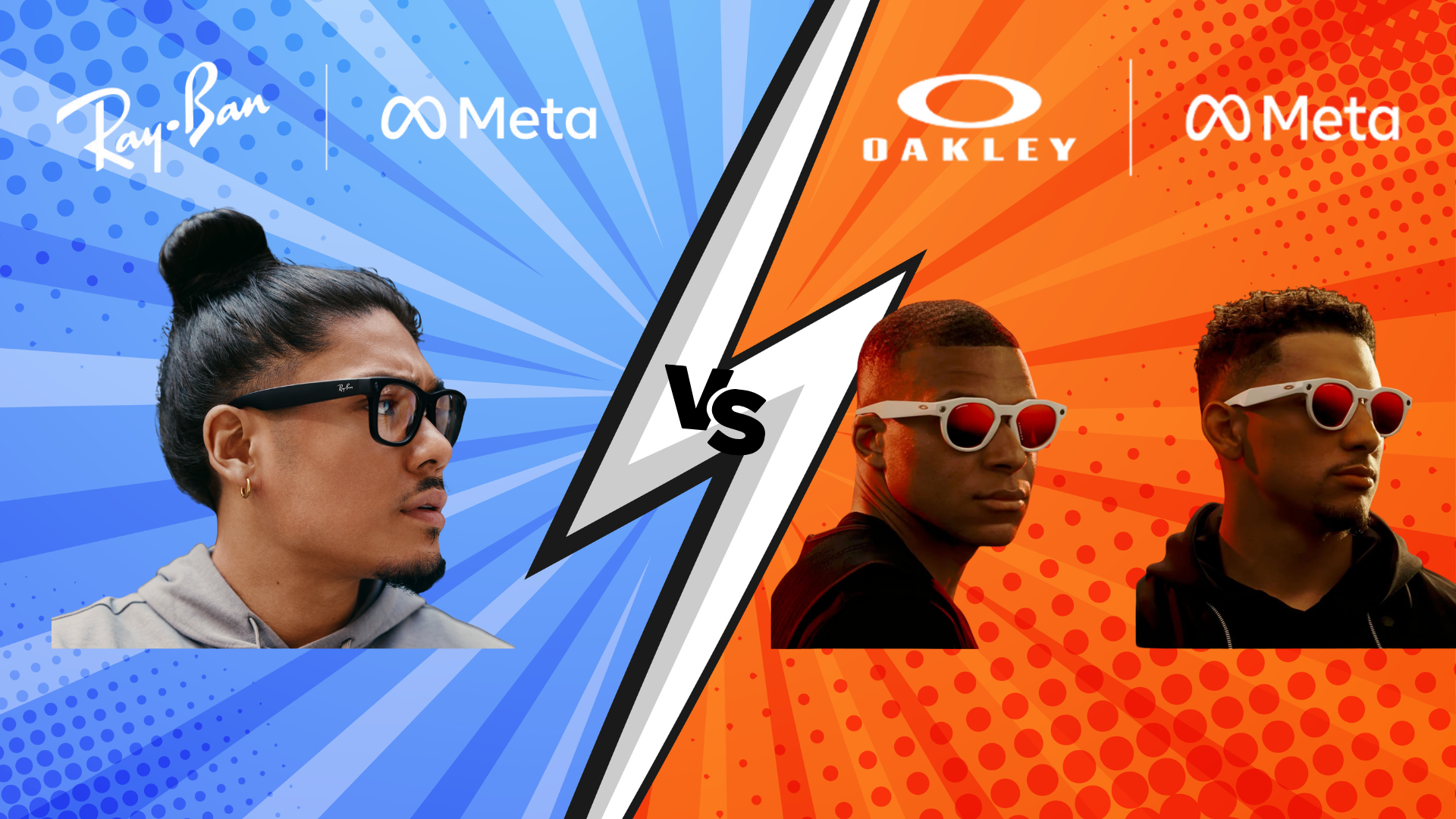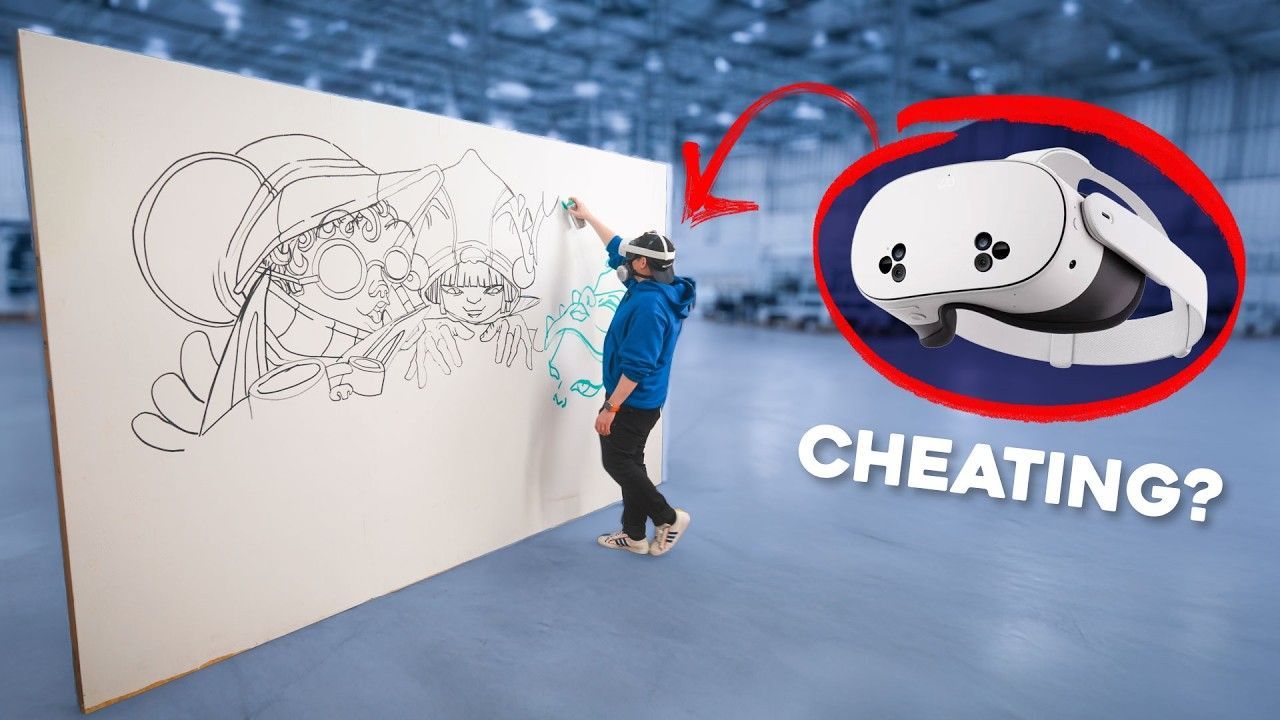Overcoming the Challenges of WebAR Campaigns
Web-based Augmented Reality (WebAR) is rapidly reshaping the digital marketing landscape by enabling brands to deliver immersive experiences directly via the browser. Unlike traditional AR apps, WebAR requires no downloads—users can simply scan a QR code or click a link to enter a captivating augmented world. However, as the technology grows in popularity, so do the challenges of implementing successful WebAR campaigns. This article will explore the most common obstacles, discuss strategies for overcoming them, and share best practices to help your brand thrive in the WebAR space.
What is WebAR?
WebAR refers to augmented reality experiences accessed through a web browser rather than a dedicated application. This technology leverages smartphones' cameras, sensors, and computing power to overlay digital content onto the real world. By eliminating the need for an app download, WebAR reduces friction, increases accessibility, and allows brands to reach a broader audience almost instantly.
Key benefits of WebAR include:
- Instant access: Users can engage with AR experiences immediately.
- Cross-platform compatibility: Modern mobile browsers on iOS and Android support WebAR (provided they have updated operating systems)
- Cost-effective: WebAR campaigns can be more budget-friendly than app-based solutions, particularly for short-term or promotional activations.
Common Challenges in WebAR Campaigns
Despite its many benefits, WebAR presents unique challenges that must be addressed to create a smooth, engaging user experience. Below are some of the most significant hurdles:
1. Browser and Device Limitations
Limited Computing Power:
Web browsers can access only a portion of a device’s hardware capabilities. This can limit the fidelity of 3D models and complex animations, potentially resulting in a less immersive experience than native apps. Advanced AR effects require high-performance processing, which may be challenging for older or lower-end devices.
Battery Drain:
Running AR experiences can rapidly drain a smartphone’s battery. Since WebAR leverages multiple device sensors and cameras simultaneously, optimizing content to reduce battery usage is essential. Techniques such as content optimization and offloading processing to the cloud can help mitigate this issue.
Browser Compatibility:
Not all browsers support the same features or provide access to a device’s camera and sensors. For instance, browsers like Opera Mini or older versions of Firefox may not fully support WebAR functionalities, potentially alienating a segment of your audience.
2. Performance and Network Challenges
Network Delays and Latency:
Since WebAR experiences rely on an internet connection, any network delay can lead to slow load times or lag during the AR interaction. In areas with poor connectivity, this can negatively affect user engagement. Advancements in 5G technology are expected to alleviate some of these issues, but optimizing asset sizes and using content delivery networks (CDNs) are crucial strategies for now.
Optimizing 3D Content:
High-resolution 3D assets can quickly overwhelm browser-based environments. Careful management of polygon counts, texture sizes, and overall file sizes is essential to ensure smooth rendering and a seamless experience.
3. User Experience and Engagement Barriers
Activation Hurdles:
Even though WebAR removes the barrier of downloading an app, users still need to be educated on how to start the experience. Some may be unfamiliar with QR codes or hesitant to grant camera permissions. Clear on-screen instructions and an intuitive user interface are key to overcoming these initial friction points.
Environmental Factors:
WebAR performance is highly sensitive to lighting conditions and physical environments. Poor lighting or cluttered backgrounds can hinder the system’s ability to accurately track markers or surfaces, affecting the overall quality of the AR experience.
Device Variability:
The vast range of smartphones—from flagship models to older, budget devices—means that WebAR experiences must be adaptable. Older devices may struggle with complex AR scenes, so it is important to design campaigns that can scale in quality based on the user’s hardware capabilities.
Strategies for Overcoming WebAR Challenges
While the challenges of WebAR campaigns are real, they are not insurmountable. Below are strategies and best practices to help your brand deliver high-quality, engaging AR experiences.
1. Optimize for Performance
Streamline Your Assets:
Reduce the polygon count and optimize textures to lower the file sizes of your 3D models. Use efficient compression techniques and leverage modern file formats (like glTF) designed for web applications. This ensures the AR experience loads quickly and runs smoothly on various devices.
Use Content Delivery Networks (CDNs):
Deploy your assets using CDNs to minimize load times and reduce latency. This strategy improves the user experience and ensures AR content is delivered reliably, even in regions with slower internet connections.
Leverage Cloud Offloading:
Where possible, shift computational tasks to the cloud. By offloading heavy processing, you can reduce the strain on the user’s device and extend battery life, ultimately resulting in a smoother AR experience.
2. Enhance Compatibility and Accessibility
Browser Testing:
Test your WebAR experiences across multiple browsers and devices. Focus on the most commonly used browsers (Chrome, Safari, and Firefox) and ensure that the experience degrades gracefully on less capable browsers. Providing fallback content or simplified experiences for non-supported browsers can prevent user frustration.
Adaptive Experiences:
Implement adaptive design techniques to adjust the AR experience based on the device’s performance capabilities. For example, you might offer a “lite” version of your AR campaign for older smartphones, ensuring all users can engage with the content, even if it’s at a lower fidelity.
3. Improve User Engagement and Onboarding
Clear Instructions and Visual Cues:
Educate users on how to launch the AR experience. Include simple, on-screen prompts that explain the steps required—such as granting camera permissions and scanning a QR code. This reduces the cognitive load on the user and increases the likelihood of engagement.
Interactive Tutorials:
Consider incorporating a brief, interactive tutorial at the start of the experience. This could be a short animation or overlay that walks users through the controls and highlights the key features of the AR content. An engaging introduction can make users more comfortable and likely to explore further.
Robust Call-to-Action (CTA):
Make sure your CTAs are compelling and clearly visible. Whether using a QR code on print media or a clickable link on a webpage, ensure that users understand the value of engaging with your AR campaign. Strong CTAs can drive both initial interaction and continued engagement.
4. Focus on Creative and Relevant Content
Storytelling and Interactivity:
The success of an AR campaign often hinges on its content. Use storytelling techniques to create a narrative that resonates with your audience. Interactive elements such as gamification, product try-ons, or virtual tours can significantly boost user engagement and make the experience memorable.
Personalization:
Leverage data and analytics to deliver personalized AR experiences. Whether it’s tailoring content based on user location, behavior, or preferences, personalization can help increase relevance and conversion rates. Customized experiences capture attention and foster stronger connections with your brand.
Case Studies and Best Practices:
Look to successful WebAR campaigns from brands like Coca-Cola, McDonald’s, and IKEA for inspiration. These case studies highlight how creative storytelling and smart technical choices can overcome many of the challenges inherent in WebAR campaign. Analyzing these examples can provide valuable insights into what works best for your target audience.
5. Monitor and Iterate
Real-Time Analytics:
Integrate robust analytics tools (such as Google Analytics) into your WebAR campaign to track user engagement, dwell times, and conversion rates. Real-time data lets you identify bottlenecks or issues early and make necessary adjustments. For instance, if you notice a high drop-off rate during a specific part of the experience, you can quickly investigate and remedy the problem.
User Feedback:
Encourage users to provide feedback on their AR experience. This can be done through simple surveys or direct feedback options integrated into the AR interface. Listening to your audience can provide insights into areas needing improvement, whether technical performance, usability, or content relevance.
Continuous Improvement:
Treat your AR campaign as an evolving project. Technology and user expectations constantly change, so regularly update your content and optimize performance based on the latest data and trends. Iterative improvements can ensure that your AR campaign remains engaging and effective over time.
Best Practices for a Successful WebAR Campaign
To summarize, here are some best practices that can help you overcome the challenges of WebAR campaigns and drive meaningful engagement:
- Prioritize performance optimization: Ensure all 3D assets and animations are optimized for quick load times and smooth device performance.
- Ensure broad compatibility: Test across multiple browsers and devices and create adaptive experiences that accommodate high-end and older smartphones.
- Enhance the user journey: Use clear instructions, interactive tutorials, and strong calls to action to seamlessly guide users through the AR experience.
- Leverage compelling content: Focus on storytelling, personalization, and interactivity to create memorable experiences that resonate with your audience.
- Utilize data for continuous improvement: Monitor analytics and gather user feedback to make informed updates and improvements over time.
Future Outlook: The Evolving Landscape of WebAR
The future of WebAR is promising, as technological advancements continue to address many of the current limitations. With the wider rollout of 5G networks, improvements in mobile browser capabilities, and enhanced development frameworks, we can expect smoother and more sophisticated AR experiences. Furthermore, as more brands invest in WebAR, best practices will continue to evolve, paving the way for even more innovative and engaging campaigns.
As businesses learn from early adopters and iterate on their strategies, today's challenges will become opportunities for tomorrow’s breakthroughs. In this rapidly evolving field, staying agile and embracing change are key to maintaining a competitive edge.
Conclusion
WebAR offers brands an unprecedented opportunity to engage audiences dynamically and interactively without the friction of app downloads. While there are undeniable challenges—from technical limitations and performance issues to user onboarding hurdles—these obstacles can be overcome with careful planning, robust optimization, and a focus on delivering valuable, personalized content.
By prioritizing performance, ensuring broad compatibility, and continuously monitoring user engagement, your brand can overcome the challenges of WebAR campaigns and leverage them to build stronger connections with your audience. As technology advances, the gap between native app-based AR and browser-based AR will continue to narrow, unlocking even more potential for creative, impactful marketing campaigns.
Implementing these strategies today can position your brand at the forefront of the WebAR revolution, ensuring you deliver immersive experiences that captivate and convert. Embrace the challenges, learn from them, and use innovation as your driving force toward a future where augmented reality is integral to every marketing campaign.
TALK TO A PRO
We're here to bring your brand to life!
Stay Connected with BrandXR
Create Augmented Reality for Free!
Create, Publish, and Measure 3D Augmented Reality Experiences Without Having to Code.
